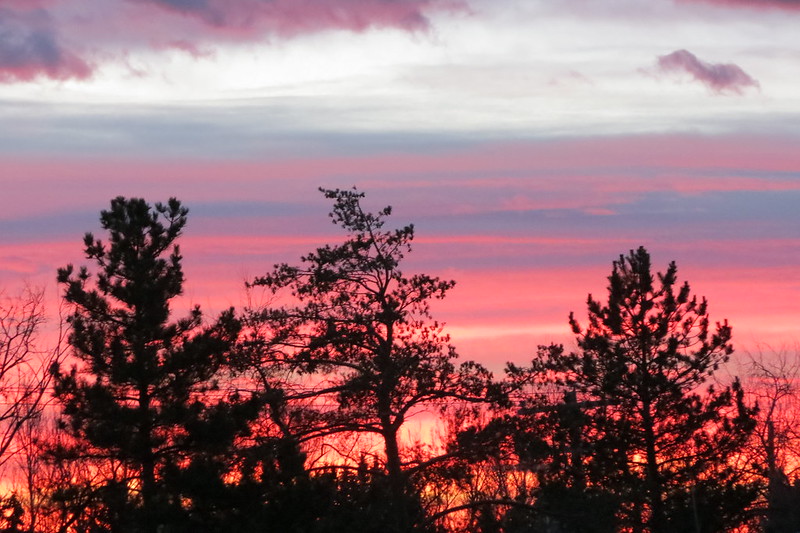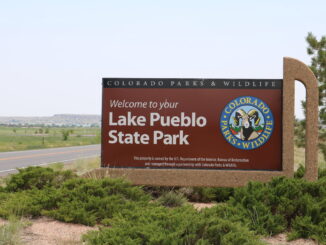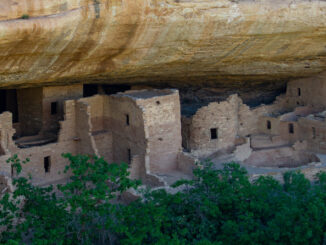
Officials in Colorado are drafting a new 10-year management plan, and they’d like your help.
Colorado Parks and Wildlife has announced that it is formulating a new “strategic plan” to guide its management of the state’s public spaces.
The new plan will cover 2026 to 2036. Thus, the public has an opportunity to shape parks policy in the Centennial State for the next decade.
A major theme underpinning CPW’s strategic planning process is an emphasis on equity, diversity, and inclusion, an indication that Colorado’s public parks managers intend to double down on these types of initiatives in spite of the Trump administration’s hostility to equity and diversity programs.
The current CPW strategic plan was drafted and finalized back in 2015.
The team behind this effort updated the Colorado Parks and Wildlife Commission on the current thinking underlying the forthcoming new strategic plan back in March.
“Since 2015, CPW has faced a multitude of evolving conditions, including social, political, and environmental shifts, population growth, increased development and pressures, and the management of more staff, more wildlife, more properties, and more recreation on the landscape,” Emma Hay, an official with CPW’s policy and planning office, told the commission.
She added that the current strategic playbook adopted by the Commission ten years ago simply isn’t up to the “new and complex challenges we’re facing and will be facing for the next ten years.”
For years, Colorado has been one of America’s fastest growing states, especially the Denver metropolitan region. This is placed enormous stress on the state’s national parks, but especially on its state parks.
CPW expects visitor numbers to state parks around Denver are poised to boom in the coming years. There is a sense of urgency that park and outdoor recreation managers need to get ahead of the crowds that are inevitably coming.
Climate change is also posing challenges. A usually arid state, Colorado is likely to experience worse droughts in the coming years. Wildfire risk is also rising. Meanwhile, the snowpack that accumulates in the mountains every winter is steadily shrinking, threatening water supplies for millions of people relying on the rivers that start in Colorado’s Rocky Mountains.
CPW’s customer base and its workforce is also becoming older and more diverse.
Aging park visitors will require more accessible facilities and possibly emergency medical care. CPW will also need to consider how it presents Colorado’s state parks to a more diverse audience and how its equity initiatives can help it recruit and retain talent from a more diverse pool of applicants.
The agency says this new strategic guidance it’s crafting “will serve as a roadmap to address current and future challenges and opportunities, enhance our service to the public, and strengthen our commitment to stewardship of parks and wildlife resources balanced with outdoor recreation opportunities.”
The work on this latest ten-year strategic plan is progressing rapidly.
Phase 1 of the project, the research phase, commenced last fall and was completed in winter 2025. CPW’s call for public input marks the launch of Phase 2, the “internal and external engagement” phase.
Interested members of the public, experts and novices alike, have until May 26 to have their voices heard.
CPW will take those comments into consideration as it develops and refines the plan. The agency expects that work to stretch into early 2026.
Ultimately the officials there leading this effort hope to have a plan adopted by June 26, when they’ll get to work implementing the new vision.
CPW promises that the comments it receives will be kept anonymous. The agency says it ultimately wants to hear from the public how it views CPW’s work and where it can do better in terms of managing and protecting Colorado’s natural heritage.
CPW says it wants to hear from as many interested stakeholders as possible to help it “create a roadmap that addresses current and future challenges and opportunities, enhances our service to the public, and strengthens our commitment to stewardship of parks and wildlife resources balanced with outdoor recreation opportunities.”
Public comments will be received online for the next two weeks.



